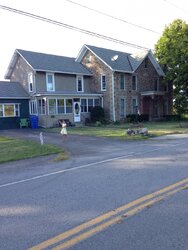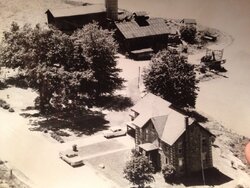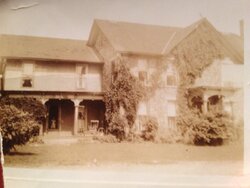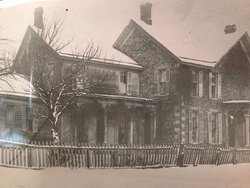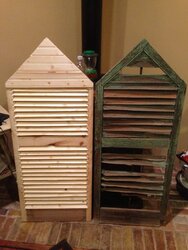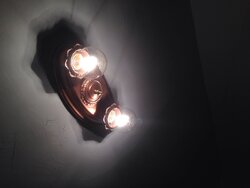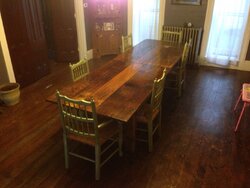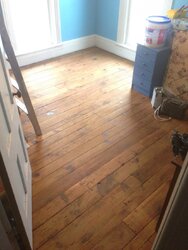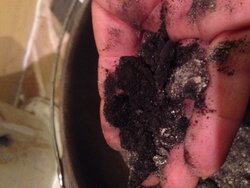bogieb
Minister of Fire
Altering the fan speed to suit your ears instead of to suit the stove may not be the best thing for your stove. Your stove is the thing that needs to be kept cool by removing all the heat you can. If you're running it on max heat, which I hope you are to keep the barn warm, then you want the fans on high too. Actually, some of us with Quads have changed our wiring to keep the fans on high all the time to remove as much heat as possible by creating turbulent flow rather than laminar flow.
Hmm, wonder how to rig the Hastings so I can get a high fan while it is on #1 or 2 setting. Generates plenty of heat that I would like project more into the room so it gets to the other fans to the hallway instead of waiting for it to heat up from 1 end to the other. Probably not something I could tackle mystelf, hu?


